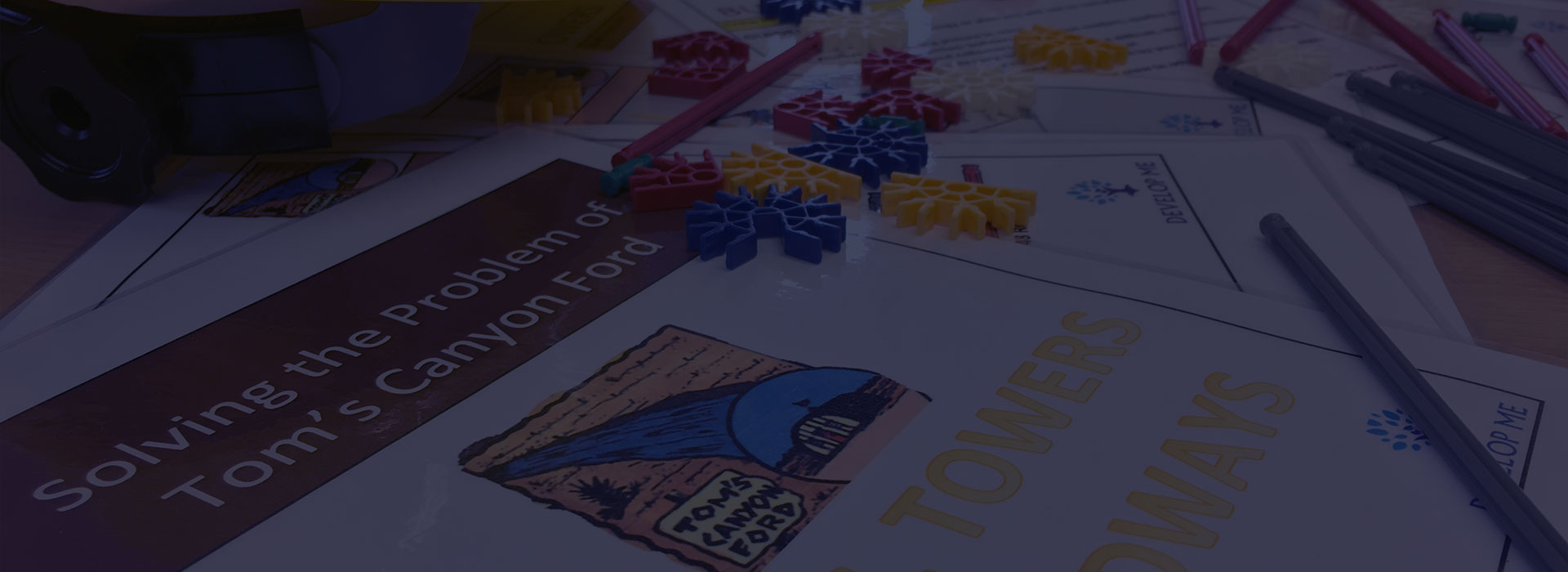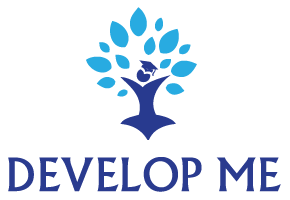
Solving the Problem of Tom’s Canyon Ford
A challenge designed to develop a deep understanding of the key behaviours of successful teams and the principle dysfunctions that inhibit team performance.
Background
John Donne wrote “no man is an island” and it’s a fundamental truth. Teams are vital units of production. They aren’t just nice to be in, the truth is, we need them. More can be achieved as part of a team. The greatest of things simply cannot be achieved alone. As students progress along their academic journey and towards the workplace it’s vital that they understand the dynamics involved in a team. An inability to work well within a team would prove a stumbling block in the progression of pretty much every single career.
What key behaviours help teams thrive? What dysfunctions stifle their efforts? As one person within a team, what can you do to promote these behaviours and avoid these dysfunctions? Solving the Problem of Tom’s Canyon Ford (The Bridge) helps to answer these fundamental questions!
The Learner Experience
Miners seeking Gold in the Lost Dutchman’s Gold Mine can often have their efforts hindered by flooding in Tom’s Canyon Ford. For years, many have simply hoped for good weather and that such flooding wouldn’t affect them. Now however, the decision has finally been made, to build a bridge that would eliminate this risk for all future expeditions. A number of mining companies, who work the region, have come together to build this bridge. With all of their resources tied up in building the bridge, it’s vital that the build is as efficient as possible so that they can all get back to doing what they do best, mining for Gold!
Following the build a review takes place and performance of the team is assessed against respected teamwork writings. How well did our behaviours match up with the respected research on what makes teams successful? If we had demonstrated the behaviours of successful teams more consistently how much quicker could we have built the bridge? What can we do going forward to improve the performance of teams we are part of?
HAPPY STUDENTS
When students are asked about the most useful aspect of this programme they say:
Key Lessons
Understanding the Key Characteristics of Successful Teams
- Effective Leadership
- Unanimous focus on Common Goals
- Clearly defined roles
- Shared Resources (both tangible and intangible)
- Effective and Frequent Communication
- Consistent, United and Enthusiastic Effort
- A collective mindset, where egos are controlled
Understanding the 5 Dysfunctions of a Team
- Absence of Trust
- Fear of Conflict
- Lack of Commitment
- Avoidance of Accountability
- Inattention to Results
Practical Details
- ½ day programme
- Suitable for delivery to a standard group of 25 using one facilitator
- Standard full day option combines this programme with ‘The Search for the Lost Dutchman’s Gold Mine’
- Possible for one facilitator to deliver two sessions in one day (morning and afternoon sessions)
The majority of schools we work with use both programmes. Some have us deliver one programme at one stage in the year, giving each class a half day with us, followed by the same with the other programme at a later stage. Others have us spend a full day with each class group delivering both programmes to that class in one day.
FACILITATOR’S INSIGHT
“In every class, you’ll have people with very different interests. They will all therefore be operating in diverse teams. The great thing about this challenge is that it’s something everyone can take part in. It’s an extremely inclusive activity. Every class will strive to get the quickest time for the build in their school / region / the country. It’s brilliant then to be able to link the theory around how teams should operate to actual things that happened in the build. The students can truly see where their actions matched up with the theory and where it didn’t, and so they get a great understanding of how to keep real teams they are on in the future focused.”


